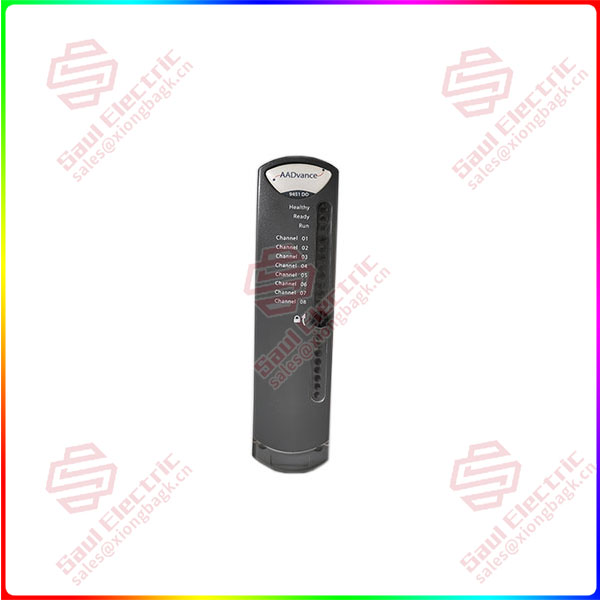General manufacturing, namely general automation, is the main body of industrial automation
China’s general manufacturing automation is developing rapidly, and domestic substitution continues to advance
Industrial automation is an application of automation technology, which is applied to the industrial production process to achieve the comprehensive purpose of improving the quality of industrial production, reducing consumption, and ensuring safety. After the first industrial revolution, the invention and use of steam engines triggered the requirements for automatic control systems such as temperature regulation and speed control, and automated production equipment began to appear. But it was not until after the second Industrial Revolution that control theory and electrification gradually standardized production automation and greatly improved production efficiency. After the information technology revolution in the 20th century, with the development of computer, communication, microelectronics, and other technologies, automatic control has been rapidly popularized and developed, around 1950, with the birth of the first CNC machine tool in the United States, modern industrial automation came into being with industrial large-scale production. Since the 1980s, industrial automation has developed in the direction of integration, networking and flexibility, and the rapid development of information technology in the 21st century has brought industrial production into the era of intelligent manufacturing of “Industry 4.0”.
China’s general manufacturing automation since the founding of New China began to start, is now in the world’s first echelon. During the planned industrial period in the 1980s, with the development of the “First Five Plan”, with the assistance of the Soviet Union, China began to vigorously develop heavy industry, which correspondingly spawned the demand for automation equipment, and the automation equipment at that time was mainly based on traditional machine tools, industrial basic parts and basic transmission devices, mainly to assist the development of heavy industry, and the degree of automation was low. Since the reform and opening up, China’s inland industrial production has gradually integrated with overseas, and has experienced a period of development about every ten years.

T9451
1) Foreign investment introduction period: The introduction of foreign investment is the fastest means to achieve from nothing, the main feature is that state-owned factories and research institutes take the lead in contacting with international top enterprises, and introduce automation infrastructure equipment and technology through the procurement of equipment, the introduction of technology, joint research and development, such as Qinghai First machine tool Factory according to the arrangement of the Ministry of Machinery Industry and Japan FANUC cooperation. Successfully developed the first horizontal CNC machining center in China; 2) The start-up period of mainland enterprises: some Chinese Taiwan-funded and Hong Kong-funded automation enterprises employ more mainland Chinese personnel due to management and technical personnel, and these personnel become the first batch of entrepreneurs after leaving, in addition, after the national research and development program such as “863” was carried out, major scientific research institutes also opened the entrepreneurial boom, and mainland brands began to be born; 3) Development period of domestic enterprises: Huawei sold its electrical subsidiary to Emerson in 2001, and within a few years after that, a number of core personnel left to set up or mainly participated in dozens of automation companies, including Huichuan Technology, Blue Sea Huateng, Megmet, Inweiteng, etc. In addition, domestic private CNC machine tools and industrial software enterprises also developed rapidly; 4) Domestic replacement acceleration period: industrial robots have become an important carrier of automation in this stage, China’s “Internet +” is accelerating the empowerment of automation industry, new energy vehicles, 3C manufacturing, etc., has become an important downstream field, the above industrial changes have further accelerated the domestic substitution of automation enterprises, and the speed and scale of listing have gradually risen.
The scale of China’s automation industry has accelerated since the 21st century, entering a new stage of development after experiencing supply-side reform, and domestic substitution continues. Machine tool is the main carrier of automation, CNC and other control systems, motor and other driving systems, tools and other basic parts are integrated in the machine tool, metal cutting machine tool is the most important varieties of machine tools, China’s metal cutting machine tool output and general equipment manufacturing industry profit total fit trend. The automation industry model represented by the output of metal cutting machine tools has increased rapidly since China’s accession to the WTO in the early 21st century, and began to shrink after the supply-side reform removed the low-end output after 2015. The number of imports of metal processing machine tools in China at the end of the 20th century and the domestic metal cutting machine tool production is similar, since then it continues to decline, the process of increasing the scale of the automation industry is also the process of accelerating the substitution of localization.
 1 Year Warranty
1 Year Warranty





